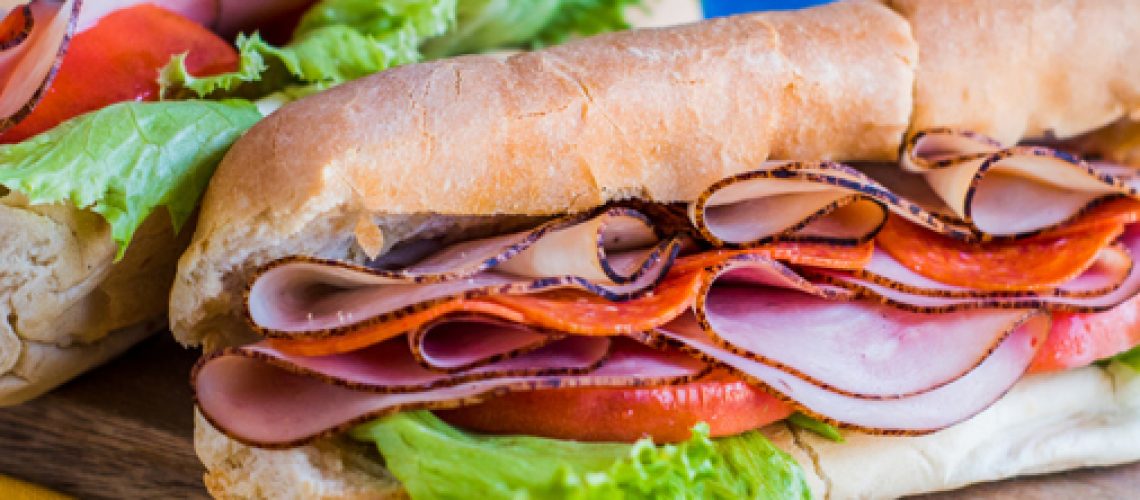It wasn’t until the 1930’s that cereal boxes became a commercial sales point. This was right after the hit introduction of Walt Disney’s iconic character Mickey Mouse. Groups like Kellogg cashed in on mouse’s success and experimented with adding animals, gimmicky taglines, and even small prizes to their boxes. Moving into the 70’s, cereal became paired Saturday morning cartoons and soon video game delivery in the 90’s. There wasn’t a kid alive who wasn’t reaching for their cereal of choice whenever they woke up.
Since then, cereal boxes have been a conveyor of nearly every possible marketing medium- they’ve sold ads, had games for consumers to play while eating, delivered monetary checks, and given back to charity. Much of this has to do with the familiar and fun design that marketers and graphic designers have nearly perfected in this last century.
The design, characterization, and gamification of these simple pieces of cardboard have become an integral part of our country’s breakfast eating experience. In fact, over 80% of Americans surveyed can recognize AND name Tony the Tiger, Cap’n Crunch, and the Fruity Pebble’s prehistoric Flinstone Family. If that’s not ~magically delicious~, what is?

